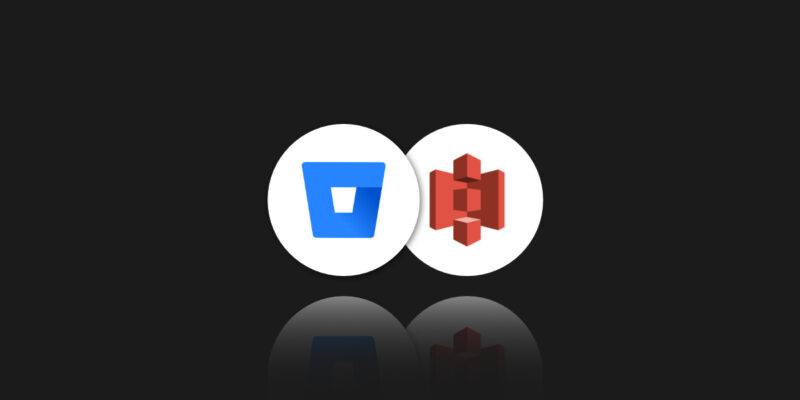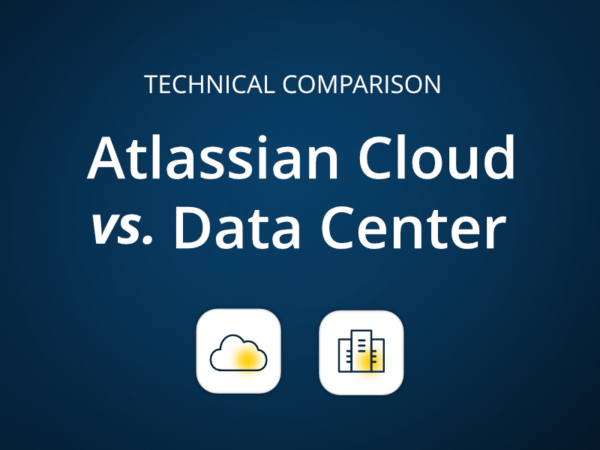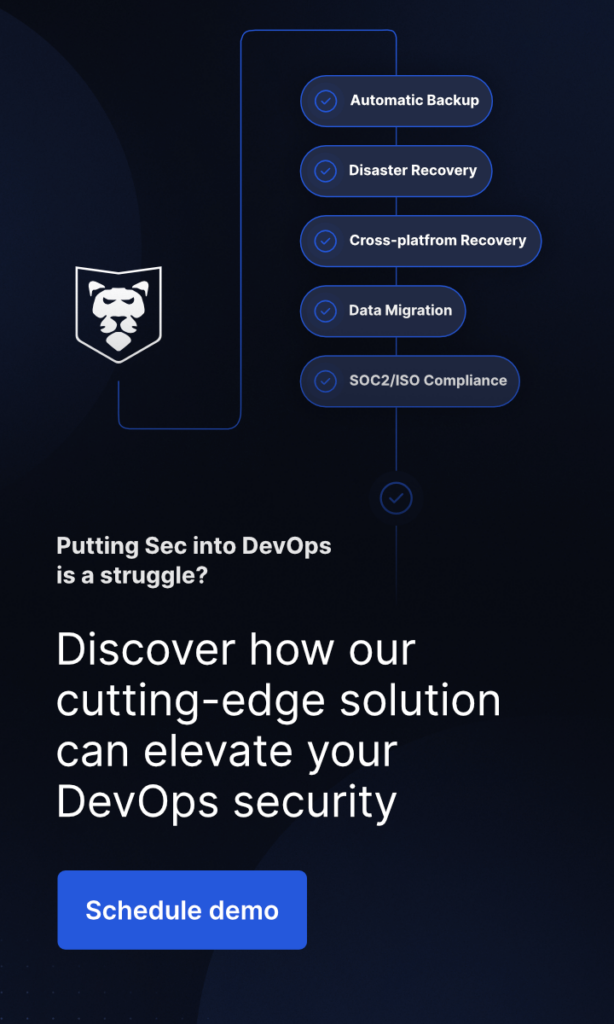
Bitbucket Backup to S3
Last Updated on February 28, 2024
It’s hard to believe, but not all companies use the Cloud today. A lot of them are still going through the migration process or are just planning to do so. Being able to access your company’s data in the cloud can be very beneficial for your team and open a lot of opportunities for them. Cloud capability is especially useful if you don’t have access to local servers that meet security requirements and are efficient enough for your business.
So, what other benefits does it have? The availability of a cloud backup does not limit it to a particular premise. This solution can save time and improve cooperation between teams working in different locations, for example, if all your team works remotely. Yet it creates a place for new dangers and obligates the company to take care about data security, as it should be accessible anytime and anywhere. One of the ways to boost data security at a cloud location is to back up your Bitbucket environment.
Why should you have Bitbucket backup?
Losing the data stored on Bitbucket can have some unpleasant consequences for your business. It leads to interruption of your workflow and financial loss. Thus, proper implementation of backup processes will prepare you for unexpected situations, which you will easily deal with when you have a prepared plan to restore important data.
What data to include in your backup plan?
So, let’s first look at what your Bitbucket Backup to S3 should include. A little hint, it should include not only repositories, but all the related metadata, including:
- Wiki
- Issues
- Issue comments
- Downloads
- Deployment keys
- Pull requests
- Pull request comments
- Webhooks
- Pipelines/Actions
- Tag
- LFS
- Commits
- Branches
What backup features should you pay attention to?
Your backup solution should meet the basic principles and have several characteristics. First and foremost, it should be secure, which means it should encrypt your data in-flight and at rest.
The ease of use of the tool is another quality inherent to a good Bitbucket backup solution. It should permit you to schedule your backups to perform them automatically, so automation and scheduler – it’s what worth paying attention to.
The simplicity of the recovery process, scalability, versioning and data retention are other factors you should keep in mind.
As soon as your backup solution meets the mentioned requirements, you can feel safe that your Bitbucket data is accessible anytime. Though, sometimes it may seem difficult for a company to build a reliable backup system by itself. Yeap.. the company can build a dedicated team to operate, write, and manage its backups and their possible restoration process, yet it’s an expensive approach if we consider it as a long-term solution. So, it’s worth weighing all the pros and cons of your own backup script.
Another option is to use third-party backup tools, like GitProtect.io. They are built by professionals in the backup area, so bring the highest level of security and functionality.
Eliminate data loss risk and ensure business continuity with the first TRUE Disaster Recovery software for Bitbucket.
What is an AWS S3?
Amazon S3 (Simple Storage Service), also called AWS (Amazon Web Services) S3 or simply S3 is a service offered by Amazon that is very popular. It is distinguished by such features as:
- leading service scalability,
- performance,
- data security,
- data availability.
Amazon S3 is used by both large corporations and individual users. With the service you can easily store and secure any amount of data of various types, such as Bitbucket metadata. The service is highly configurable, so you can optimize it to suit your specific task, business and licensing requirements.
When configuring AWS S3, you can choose the region you want to store your data. Information is stored in buckets, which are protected by unique keys.
Different storages for Bitbucket Backup
AWS may seem a good choice, but why not consider other options, as well. As it might be beneficial from the financial or license side. Sometimes in order to meet some legal regulations, the company can’t store its data in some particular countries. That is why the organization should pay special attention to the location of data centers.
For example, GitProtect.io offers two default regions to keep your data. You can choose between the European location (Amsterdam, the Netherlands) and the North American one (Verginia, the USA).
Creating Bitbucket Backup to S3 storage using GitProtect.io
If you want to save Bitbucket Backup to S3, the easiest way to do it is to use GitProtect.io. This tool offers the ability to configure a plan with storage selection. Before moving on to selecting the location for your backup, you need to set up a GitProtect.io connection to Bitbucket. You will create it by providing the appropriate credentials and selecting repositories to include them in the backup process.
To set up the appropriate location for your backup in GitProtect.io, follow the steps below:
- Go to the “Plans” tab.
- Open edit a plan or add a new one. Select what data you want to protect.
- Set the backup storage location, configure the connection and schedule your backups. It will take just a few minutes.
GitProtect.io is a multi-storage system, that’s why you can add as many storage instances as you need. It permits you to meet the 3-2-1 backup rule (when you have at least 3 copies to a few different storages, one of which is offsite) . Moreover, you can use GitProtect Cloud Storage (which is included in every plan even if you want to bring your own S3 cloud storage) for backup replication option. It will definitely improve the security level of your data.
Summary – Bitbucket Backup to S3
S3 gives you incredible scalability and configuration options. Cloud services have a lot of benefits that are considered as a standard in the IT industry nowadays. Amazon’s solution features security and customization for different organizations. And GitProtect.io makes it easy to perform the Bitbucket Backup to S3. It only takes a few minutes to create a backup plan for your company’s repositories and metadata.







